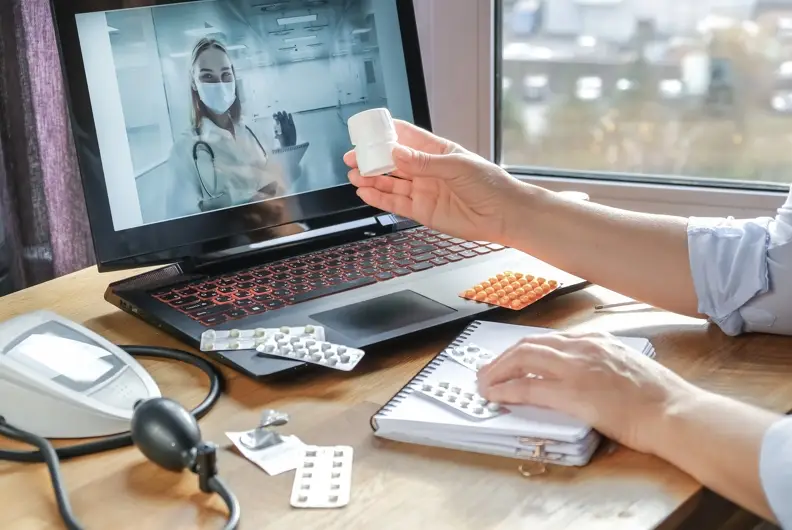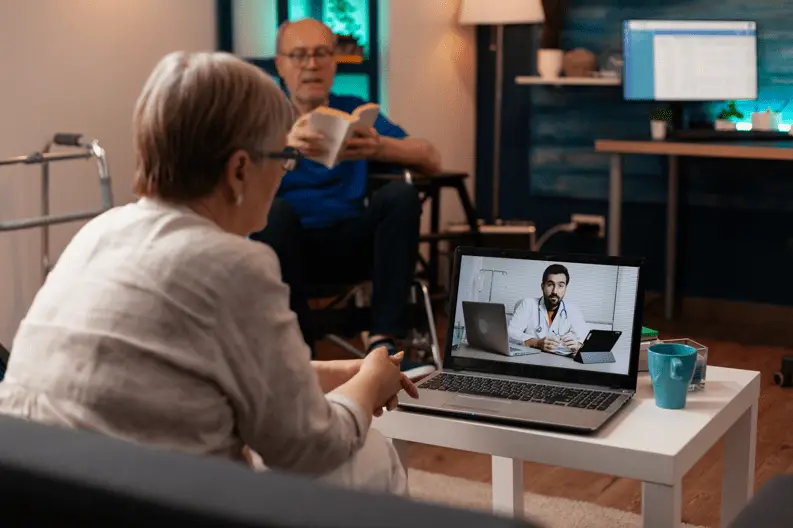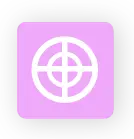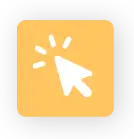
The Impact of RPA on Healthcare Operations with Practical Use Cases
Consider the vast expanse of data and the amount of administrative tasks that form the backbone of the healthcare industry.
Unlock, optimize, and transform your revenue streams.
Get a firm handle on cost and compliance.
Attract more patients while improving the patient experience.
Attract more patients while improving the patient experience.
Attract more patients while improving the patient experience.
Get to know us!
Unlock, optimize, and transform your revenue streams.
Get a firm handle on cost and compliance.
Attract more patients while improving the patient experience.
Attract more patients while improving the patient experience.
Attract more patients while improving the patient experience.
Get to know us!
Unlock, optimize, and transform your revenue streams.
Get a firm handle on cost and compliance.
Attract more patients while improving the patient experience.
Attract more patients while improving the patient experience.
Attract more patients while improving the patient experience.
Get to know us!
Unlock, optimize, and transform your revenue streams.
Get a firm handle on cost and compliance.
Attract more patients while improving the patient experience.
Attract more patients while improving the patient experience.
Attract more patients while improving the patient experience.
Get to know us!
Unlock, optimize, and transform your revenue streams.
Get a firm handle on cost and compliance.
Attract more patients while improving the patient experience.
Attract more patients while improving the patient experience.
Attract more patients while improving the patient experience.
Get to know us!
Unlock, optimize, and transform your revenue streams.
Get a firm handle on cost and compliance.
Attract more patients while improving the patient experience.
Attract more patients while improving the patient experience.
Attract more patients while improving the patient experience.
Get to know us!
FEATURED
With a growth rate of 18.2% nationwide, it’s clear to see that healthcare organizations are realizing the benefits of RPM for patients and providers alike.
Curious whether RPM is the right fit for your organization? Find everything in this comprehensive article you need to know about RPM and how to implement it.


Consider the vast expanse of data and the amount of administrative tasks that form the backbone of the healthcare industry.

With the shift toward patient-centric and value-based service, healthcare providers face challenges in delivering superior patient care while optimizing revenue.

Patient Access is the cornerstone of the revenue cycle. It is the first point of contact between patient and provider

Telehealth, simply put, includes the use of technology to deliver healthcare services to patients, bridging the gap between traditional healthcare

As healthcare providers and organizations seek to offer cost-effective, high-quality care, a focus on Remote Patient Monitoring (RPM) and Chronic

The latest technological innovation that’s receiving significant attention in the medical industry is Remote Patient Monitoring (RPM). Set to grow

It may come as a surprise to many that remote patient monitoring is over a century old. So where did

Table of Contents Remote Patient Monitoring (RPM) traces its roots to early telemedicine efforts that began in the mid-20th century.

Healthcare providers are constantly seeking innovative solutions to: Optimize patient care Increase revenue opportunities Improve care coordination. One such service


